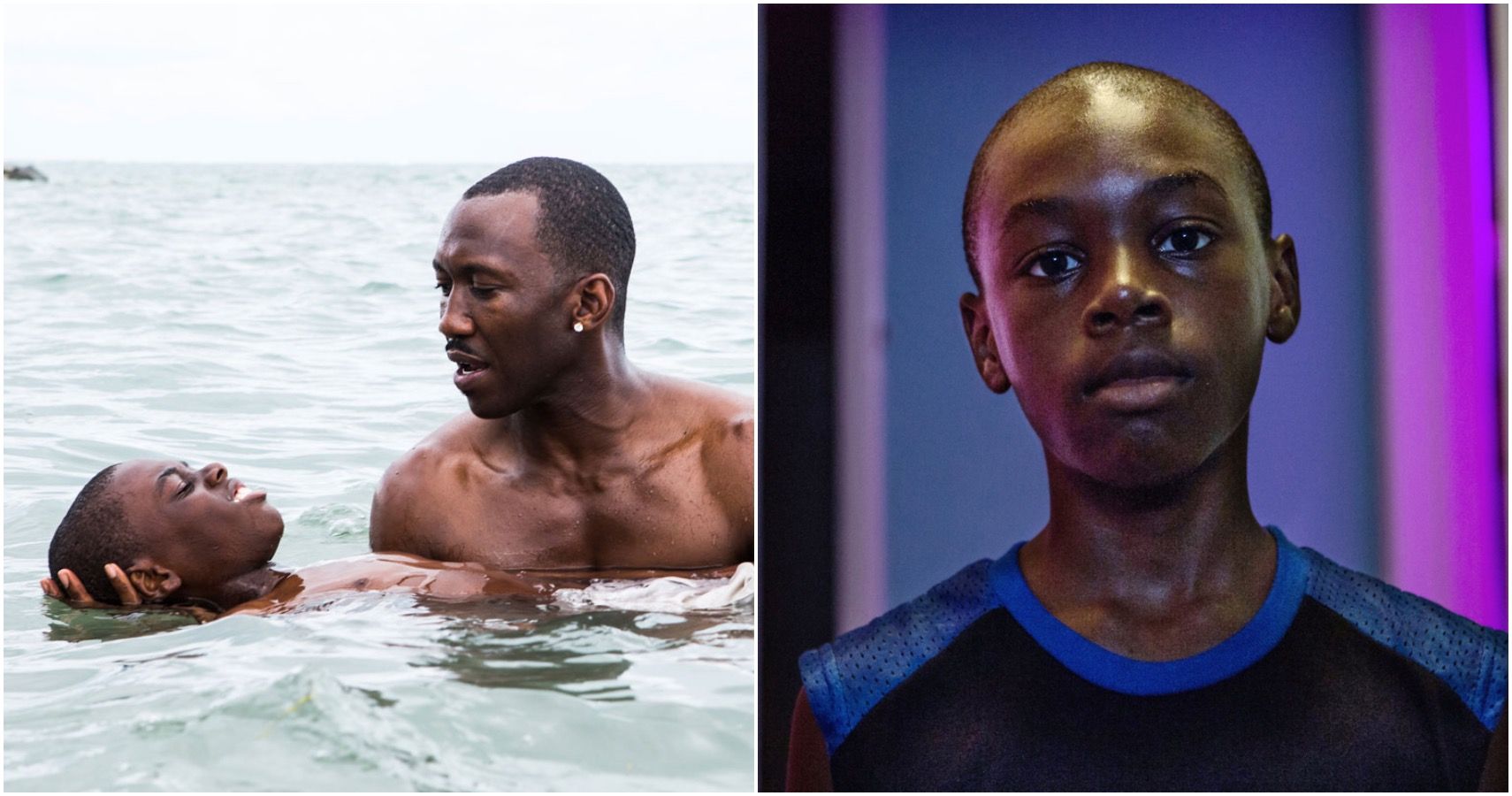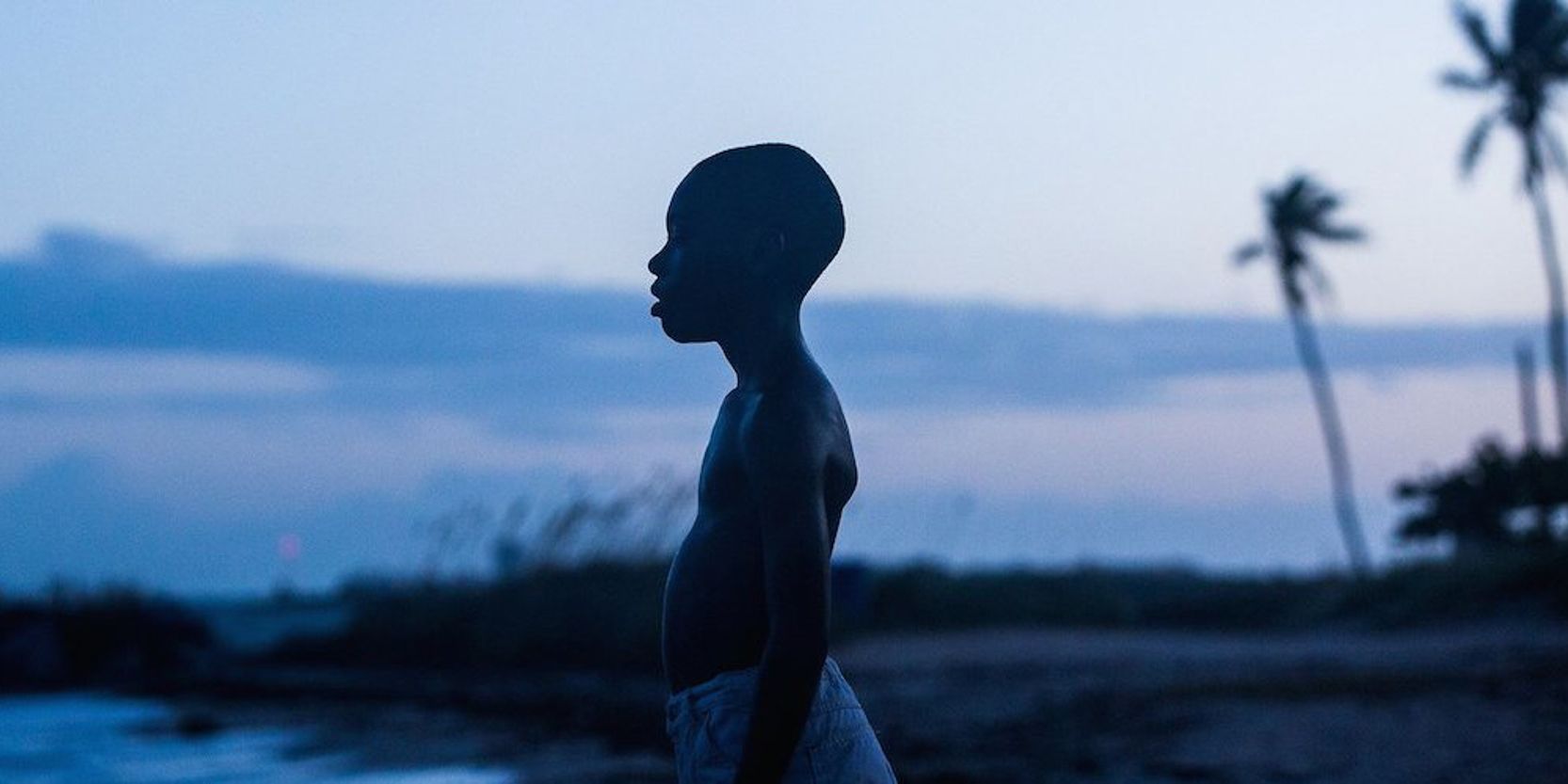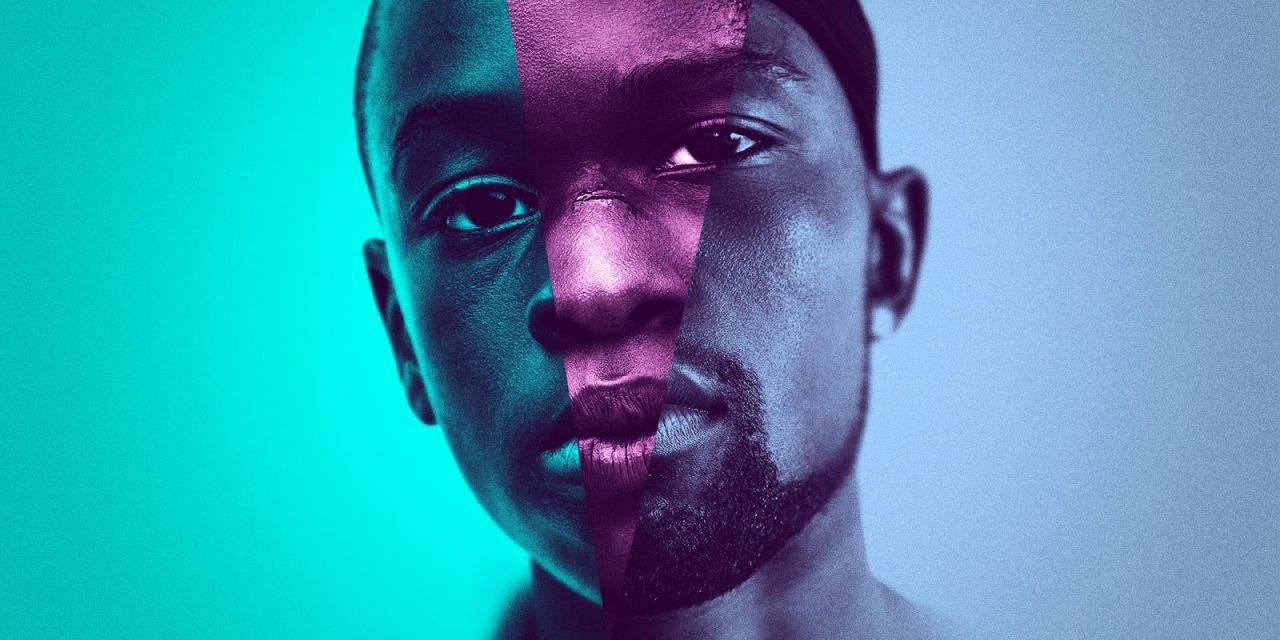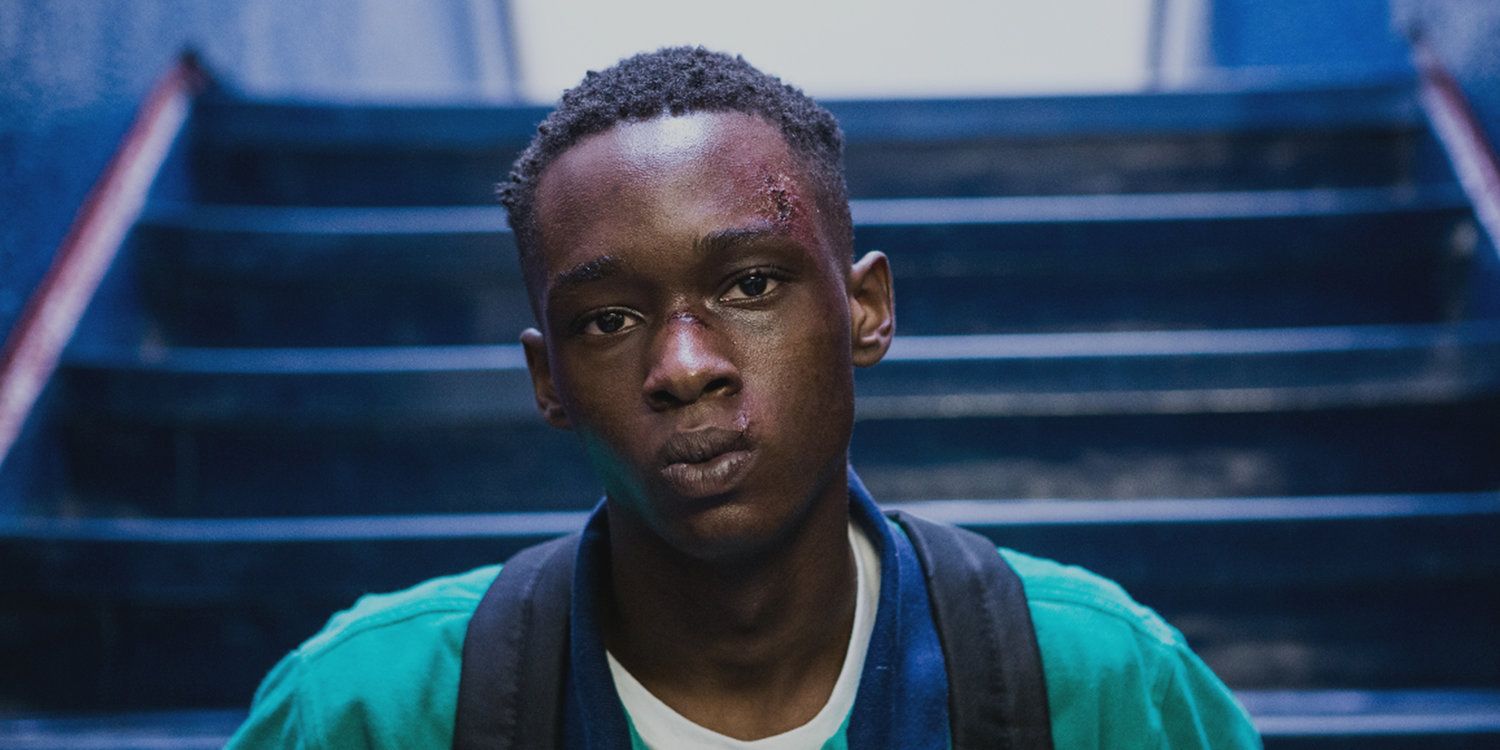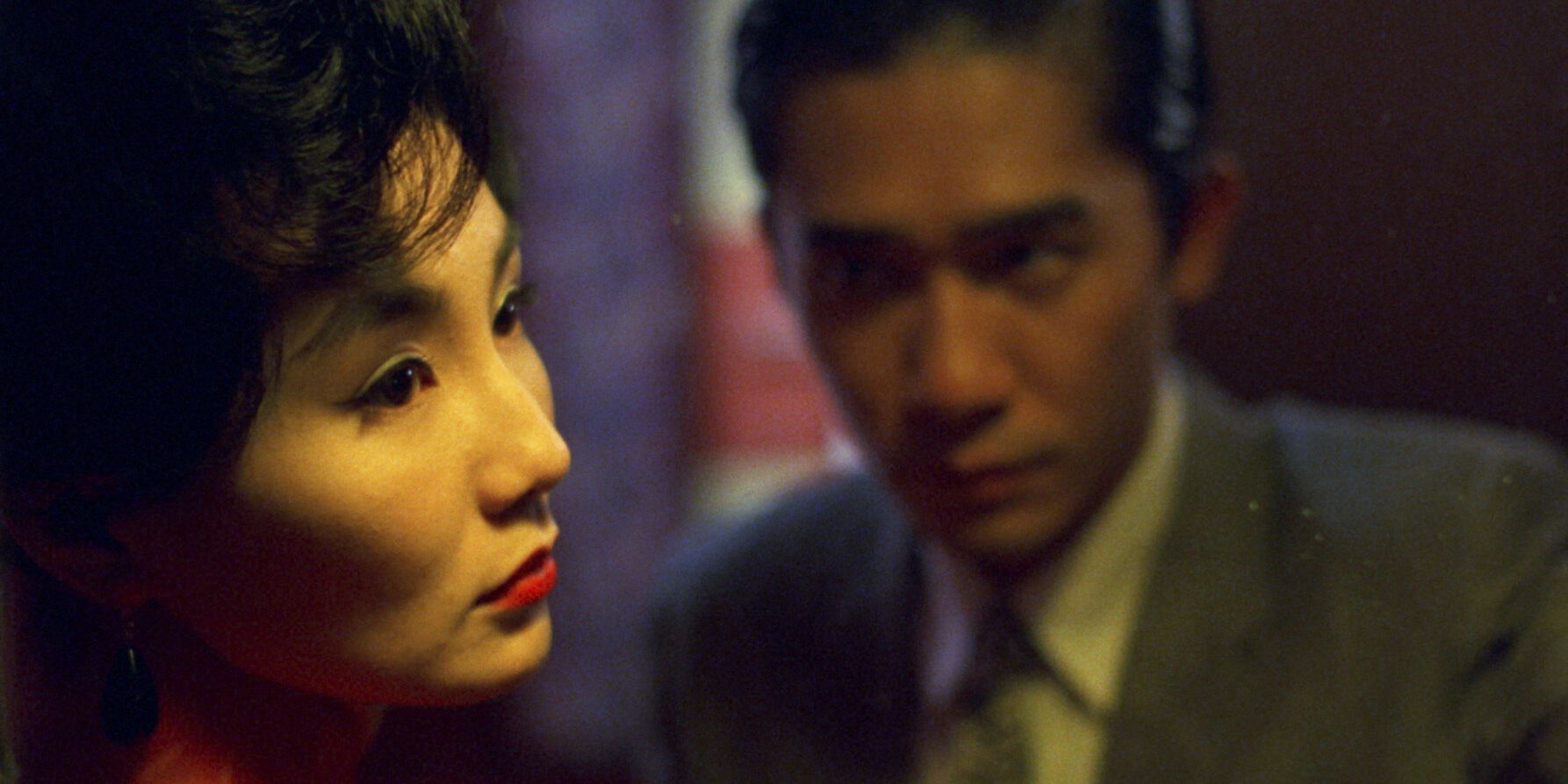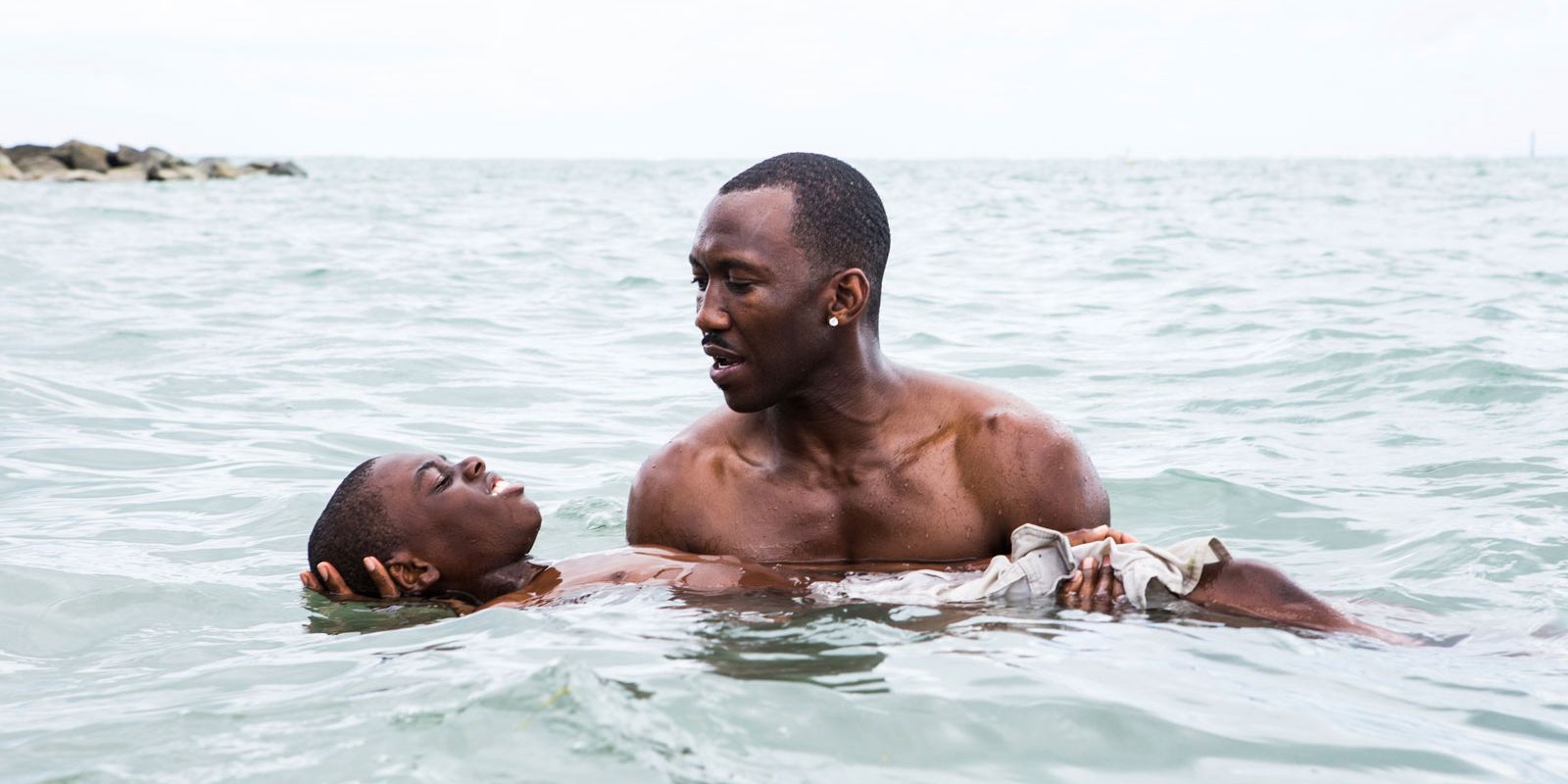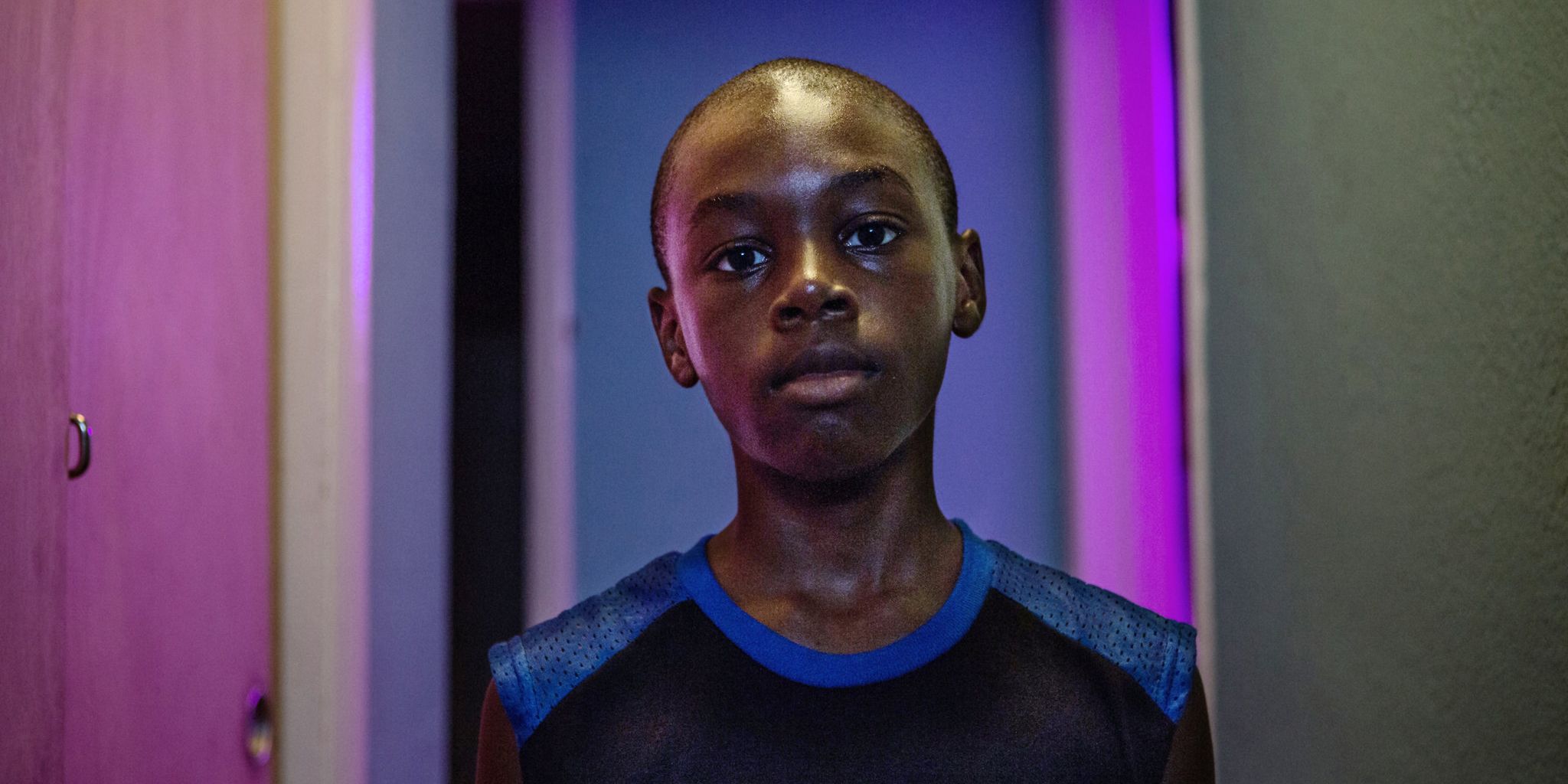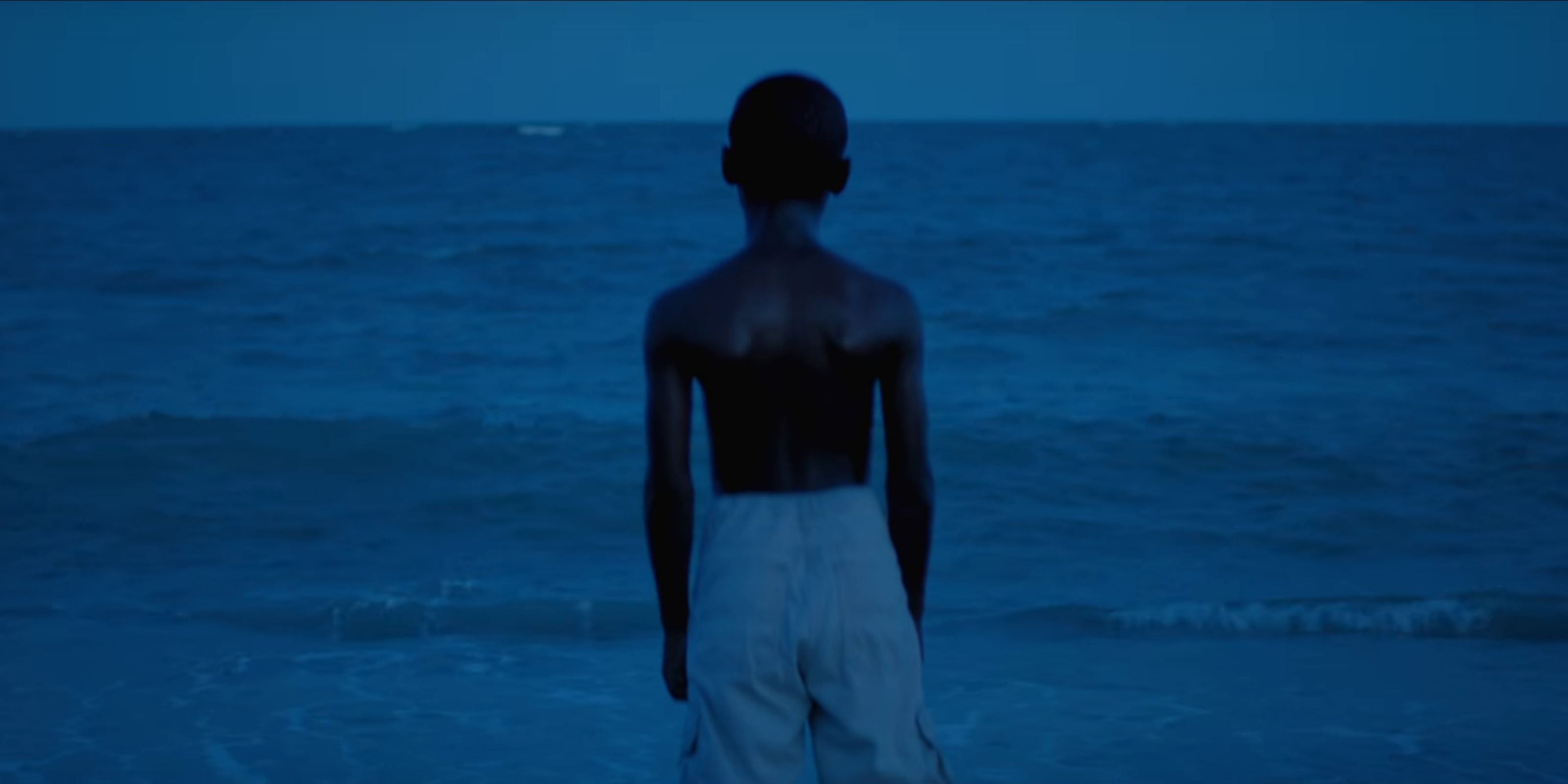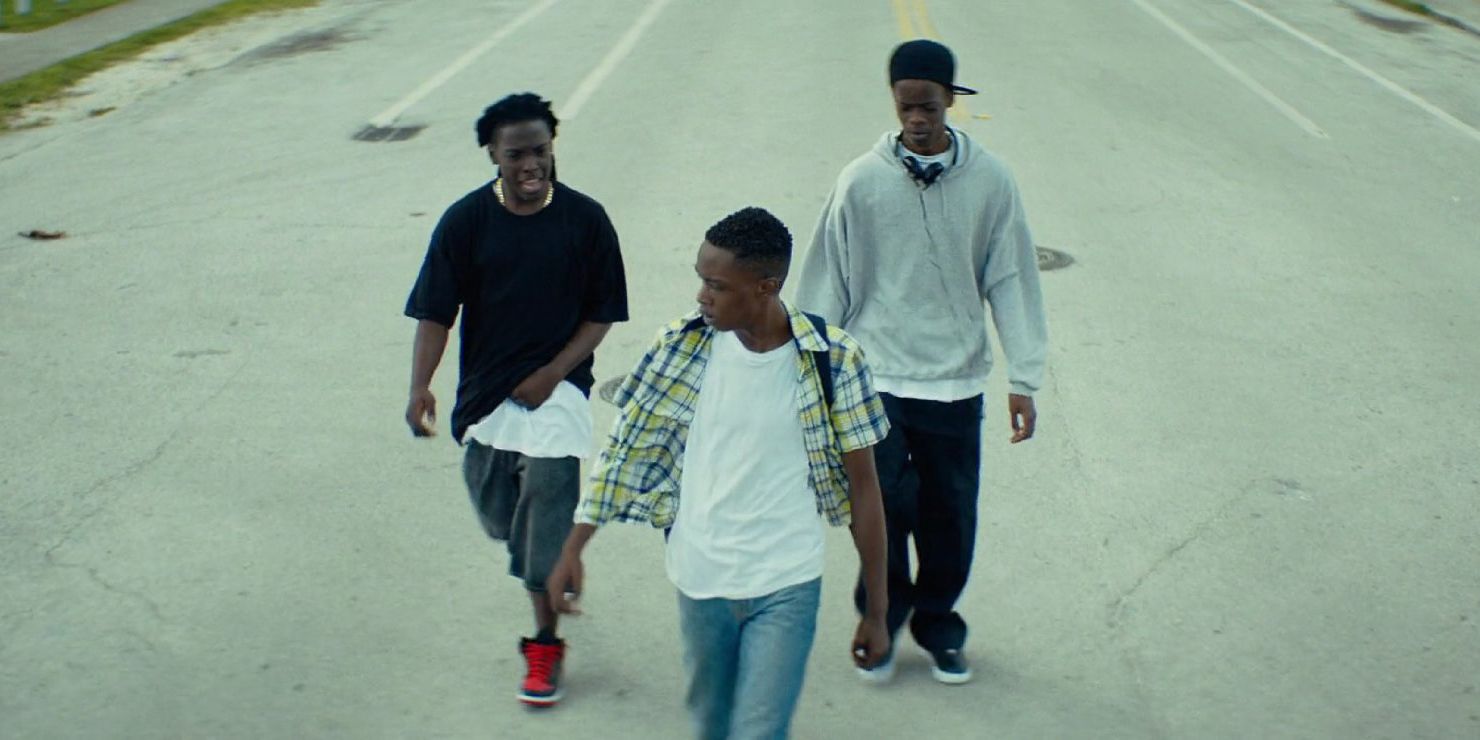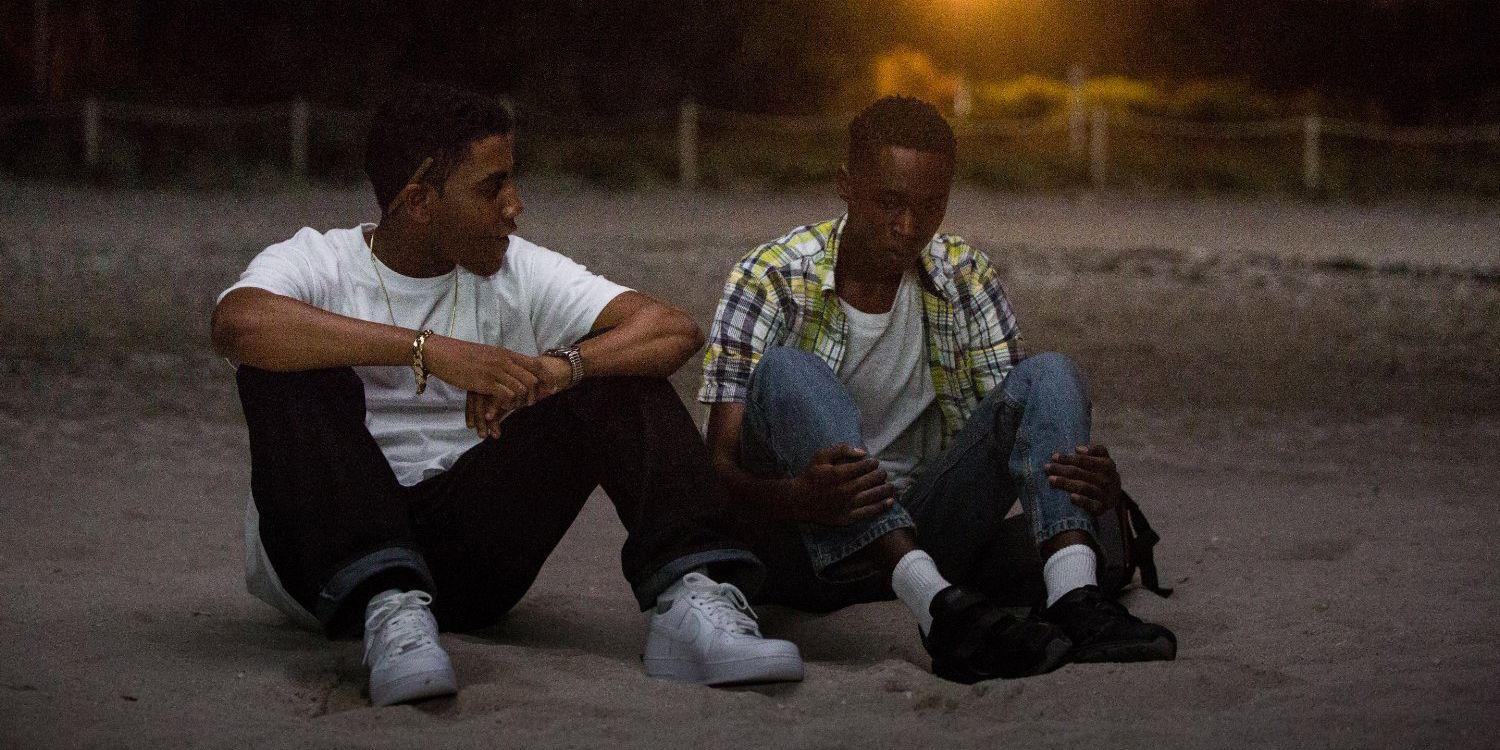Every once in a while, a small-budget movie comes out of nowhere and becomes an instant classic, leaving a lasting impression for years to come. Moonlight is certainly one of these films; it broke barriers by becoming the first film with an all-black cast to win the Oscar for Best Picture, and also the first film with LGBTQ subject matter to do so. Also winning numerous other awards and milestones, it's considered by many to be one of the best films of the 21st century.
There are a lot of reasons for this movie's success, including the creator's objectives for authenticity, organic and personal storytelling, and beautiful visual strategy. Here's an inside look at ten things about the making of Moonlight.
It Takes Place Where The Director Was Born & Raised
All the scenes were shot at real locations in and around Miami, Florida. Specifically, the Liberty City neighborhood is where much of the filming took place, including the area around a housing project called Liberty Square.
Director Barry Jenkins grew up in the neighborhood and still had relatives living there, which made the experience of filming this movie all the more personal.
Each Act Of The Movie Was Styled To Look Like A Different Film Stock
Moonlight is a movie shot in three acts: "Little" which chronicles the childhood of the main character, Chiron, followed by "Chiron," his adolescence, and "Black" his adulthood. Colorist Alex Bickel designed the first act to look like Fuji film stock, the second to imitate Agfa (a Belgian-German brand), and the third to resemble Kodak film. Bickel also made sure the details of the actor's skin tone were preserved, while also saturating the colors in the scene around them with high contrast, blown-out whites, and rich darks.
The Cinematographer & Director Have A Close Relationship
James Laxton credits the success of Moonlight to his close friendship with Jenkins. They met in college and began working on projects together in their early 20's and have often worked together since.
Throughout film history, there are many great movies that came out of strong relationships between the director and cinematographer. Master collaborators like director Ingmar Bergman and cinematographer Sven Nykvist or director Jean Luc Godard and cinematographer Raoul Coutard have produced incredible cinematic art off of the strength of their creative partnerships.
It Takes Inspiration From "In The Mood For Love"
Wong Kar-wai's films are known for their saturated colors and intense, vivid images, and the creators of Moonlight kept this style in mind during production and post-production editing.
In one dramatic scene in which Chiron's mother takes out his frustration on him, a glowing pink light highlights her. This would seem to clash with the harsh moment taking place on the screen, but it's shot in slow motion, and the dialogue is cut out and replaced with ambient noise. This dreamlike sequence with a spot of bright color is visually similar to what viewers can find in movies like In The Mood For Love.
The Camera Has Its Own Presence In The Movie
Waves can be seen lapping against the camera's lens in one of the most famous and intimate parts of the movie; Juan teaching Little Chiron how to swim. Viewers can also catch lens flares throughout the exterior shots, as well. Jenkins said he "didn't mind being reminded" that viewers were watching a movie. Of course, these small reminders aren't enough to break the fourth wall or distract the viewer from being engrossed in the story, but they add a unique charm to the viewing experience.
Oil Was Used To Make The Actor's Skin Shine
Normally, makeup artists would avoid letting the actor's skin look too sweaty and cover it with foundation powder. But, for Moonlight, skin tone and sunlight were important visual details that Jenkins wanted the camera to highlight and enhance.
Jenkins tried to replicate his memory of how his friends and neighbors' black skin shined in the bright and sun-soaked environment: "I wanted everyone's skin to have a sheen to reflect my memory." This attention to detail paid off; it added both a dreamy and authentic look to the skin and bodies of the characters.
They Drew Inspiration From Photography For A Visual Strategy
Laxton and Jankins would share images back and forth with each other from photographers like Henry Roy, Earlie Hudnall Jr., and Viviane Sassen to get an idea of what they wanted the film to look like. Some of the work of these photographers would often feature black subjects in sunny environments. Laxton describes waking up and scrolling through images on Tumblr first thing in the morning to help him get inspiration.
One of Moonlight's immensely celebrated successes is the way it visually captures its African American cast beautifully and authentically. Cinematography and photography have long had a racial bias, with film color balancing "Shirley Cards" modeled exclusively off of white women. With this in mind, it's easy to see how the special attention that is given to showcase the skin tone of the black characters in Moonlight is both defiant and triumphant.
It Was A Single-Camera Shoot
The entirety of Moonlight was filmed on one Alexa XT with Hawk V-Lite anamorphic lenses. The single-camera adds to the intimacy with plenty of tracking shots, as well as peaceful stillness, replicating the way a person would see from a single source rather than coming from multiple angles.
With this technique, the viewer can feel like they are experiencing the events right alongside the character. The wide angles of the anamorphic lenses intensify the emotions of the characters.
It Was Partially Based On A Play
Much of the premise of Moonlight is based on an unpublished play from playwright Tarell Alvin McCraney titled "In Moonlight Black Boys Look Blue". The play is semi-autobiographical and was written by McCraney to help him process the death of his mother.
However, the play remained untouched after it was written for around ten years before McCraney collaborated with Jenkins to bring the story to life on the screen instead of the stage. McCraney had a special connection with Jenkins since he also grew up in Liberty City.
The Director Drew Inspiration From His Own Life
Along with McCraney, Moonlight was a very personal story for the director, having shot the movie around his childhood home. Jenkins took from his memories of his own mother struggling with addiction to craft a screenplay out of McCraney's story. Jenkins also didn't meet any white people until he was enrolled in college, which is one of the reasons there aren't any white characters in this movie.
Growing up in a segregated neighborhood in which many people were struggling is a difficult subject matter, but Moonlight bestows plenty of beauty and dignity to both its characters and story even in harsh environments and situations. Every aspect of the story is meant to reflect real experience or memory, and it's one of the many reasons why this film is recognized as a masterpiece.

